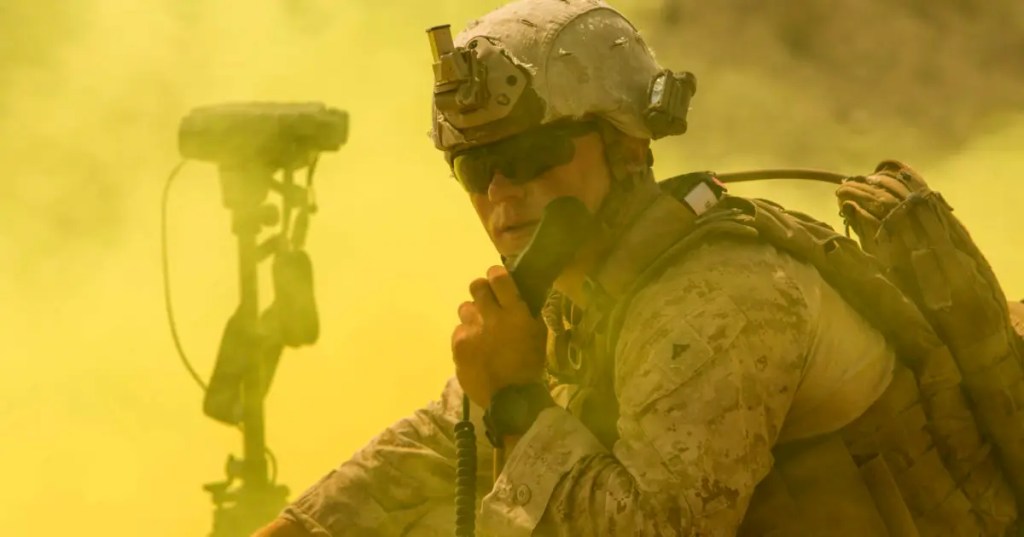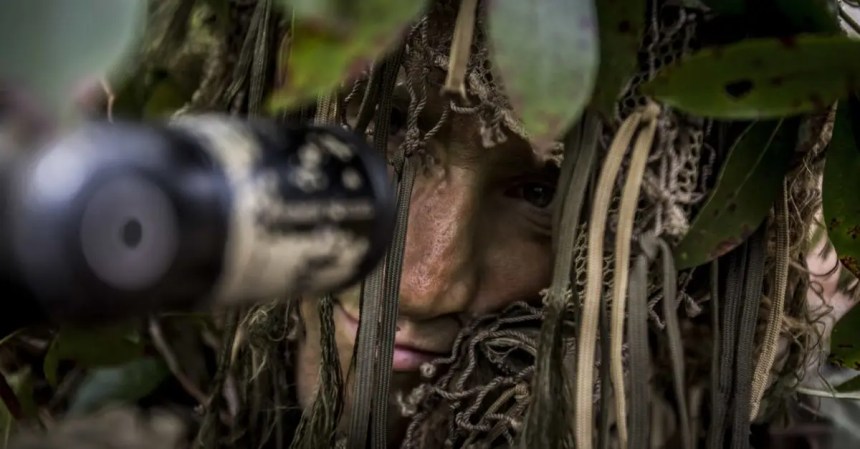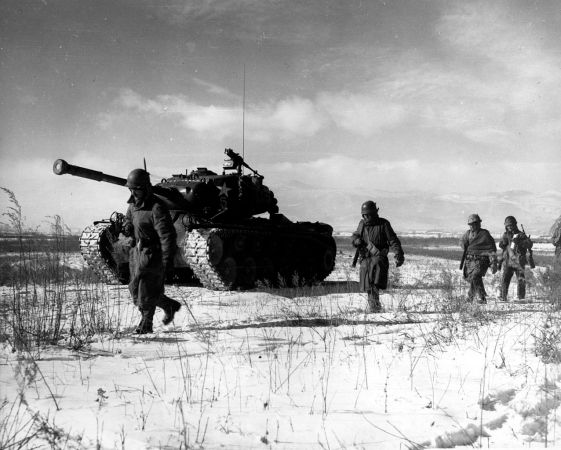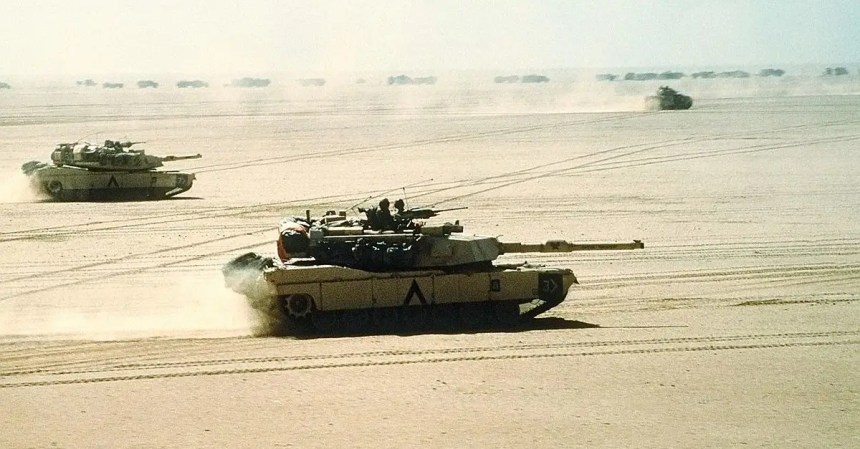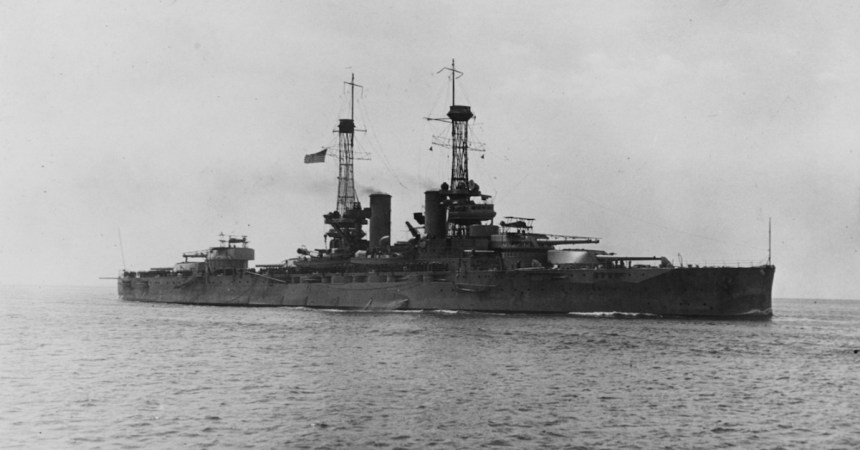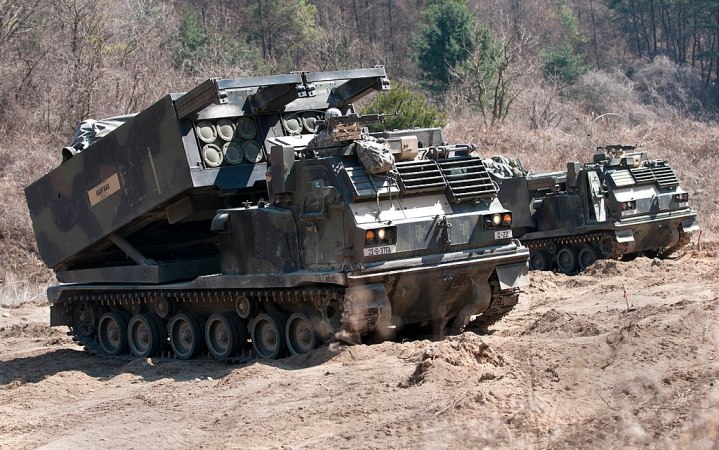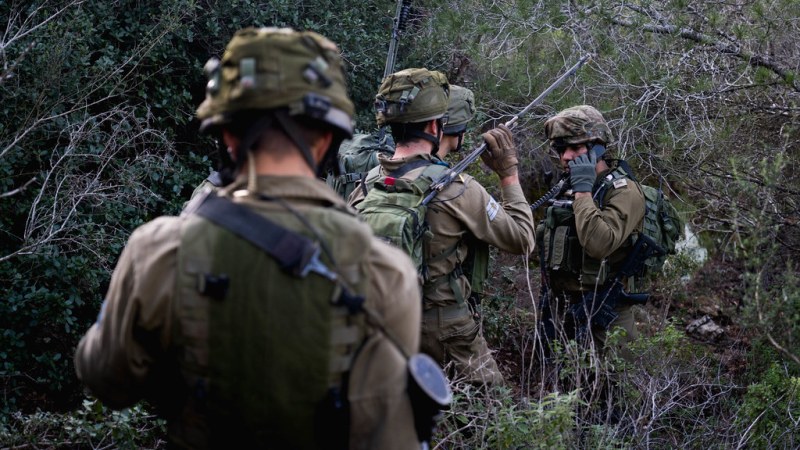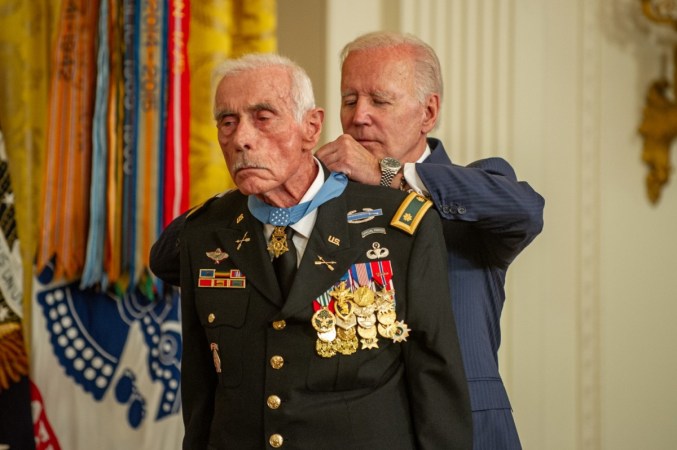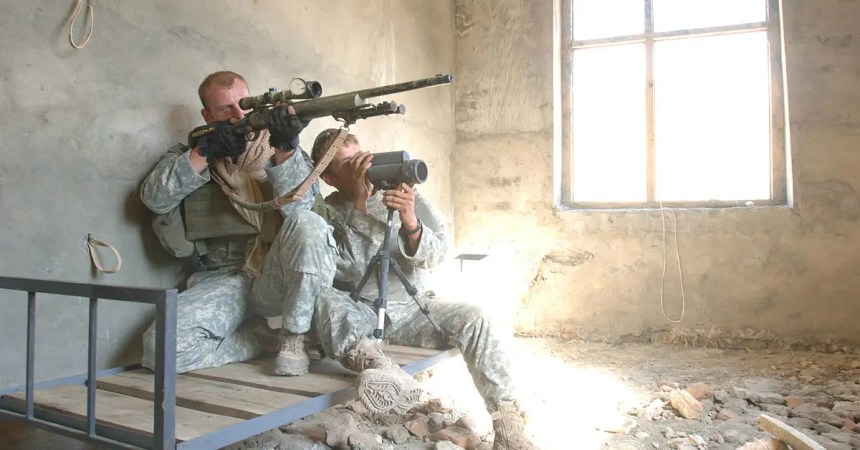Nestled inside infantry units moving against the enemy is often a single artilleryman who is arguably one of the most lethal fighters on the battlefield — the forward observer. These soldiers, usually assigned to a Forward Support Team (the FiST), are known as “FiSTers” and are the eyes and ears for naval artillery and artillery gun lines across the world.
The FiSTers carry inside their helmets knowledge of every gun capable of reaching their areas of operation, including how fast the weapon can fire, what kinds of rounds it has at its disposal, and what effects those rounds have on targets.
They use this knowledge to support the infantry and other maneuver units. When the friendly element finds and engages the enemy, the FiSTer gets to work figuring out how to best bring artillery to bear.

Often, this involves getting the machine gunners and riflemen to corral the enemy into a tight box that can easily be hit with airburst artillery, causing shrapnel to rain down on the enemy dismounts.
If enemy armored vehicles are rolling towards the line, the forward observers can call down specific rounds for penetrating a tank’s top turret armor or for creating a smoke screen to block friendly vehicles from view.

Many observers go through training to learn how to best use weapons deployed from helicopters, jets, and other aerial platforms. This allows them to start targeting enemies with hellfire missiles and the 30mm cannons of A-10s and AH-64s.

Marine observers and Army observers trained in joint fires can call for help from naval ships. While the Navy has decommissioned its massive battleships, there are still plenty of cruisers and destroyers packing missiles and 5-inch guns that are pretty useful for troops ashore.
It’s the forward observers that get those missiles and shells on target.
Forward observers direct the fires of all the big guns that can’t see their targets. And that’s what makes them so lethal.


